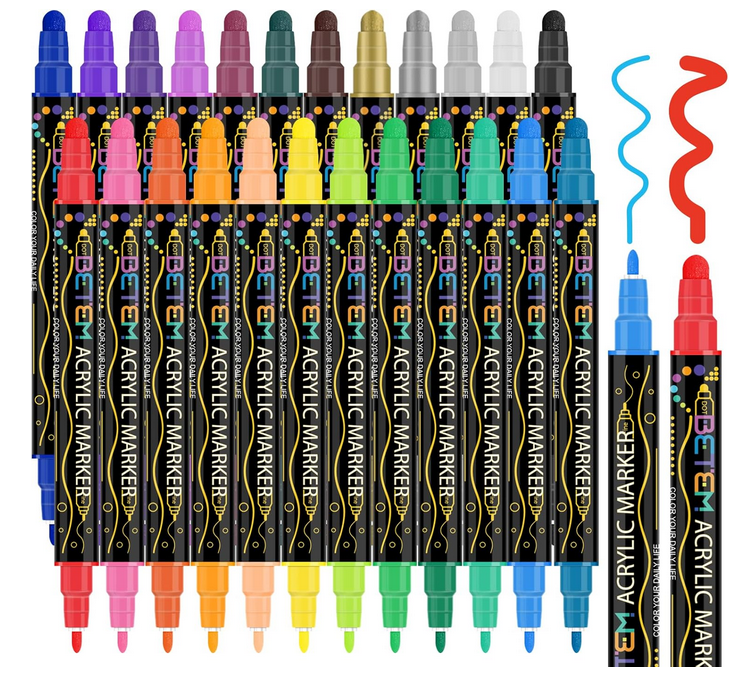- Home
- Art History
- Realism
Realism
Realism dominated the European art world for the second half of the nineteenth century. This approach to representing the seen insisted on precise imitation or reproduction on canvas of what the artist saw. These painters' subject matter left behind the gods, goddesses, heroes, and mythological characters of Romanticism. No longer was the accumulated skill of rendering realistically at the service of sensationalized or idealized narrative figures. Instead, they painted peasants toiling and the urban working class.
|
Realism can be said to be the representation of things according to their appearance in visible nature (without idealization). In the nineteenth century, an approach that supported the representation of the subject matter of everyday life in a realistic mode. Nineteenth century realism is the subject matter of everyday life as seen by the artist. |
"Realism" is one of the few art terms used so that the style and the simple meaning of the word are the same. Realists discarded Romantic subject matter in order to represent what they saw around them. Realism first emerged in France after the 1848 revolution with the belief that everyday life in lifelike styles with no "beautifying" was more honest that Romanticist emotion and drama. |
One of the prominent, early realistic painters was the Frenchman Gustave Courbet (1819-1877). His 22 foot canvas, Burial at Ornans, portrayed a provincial funeral in muted colors.
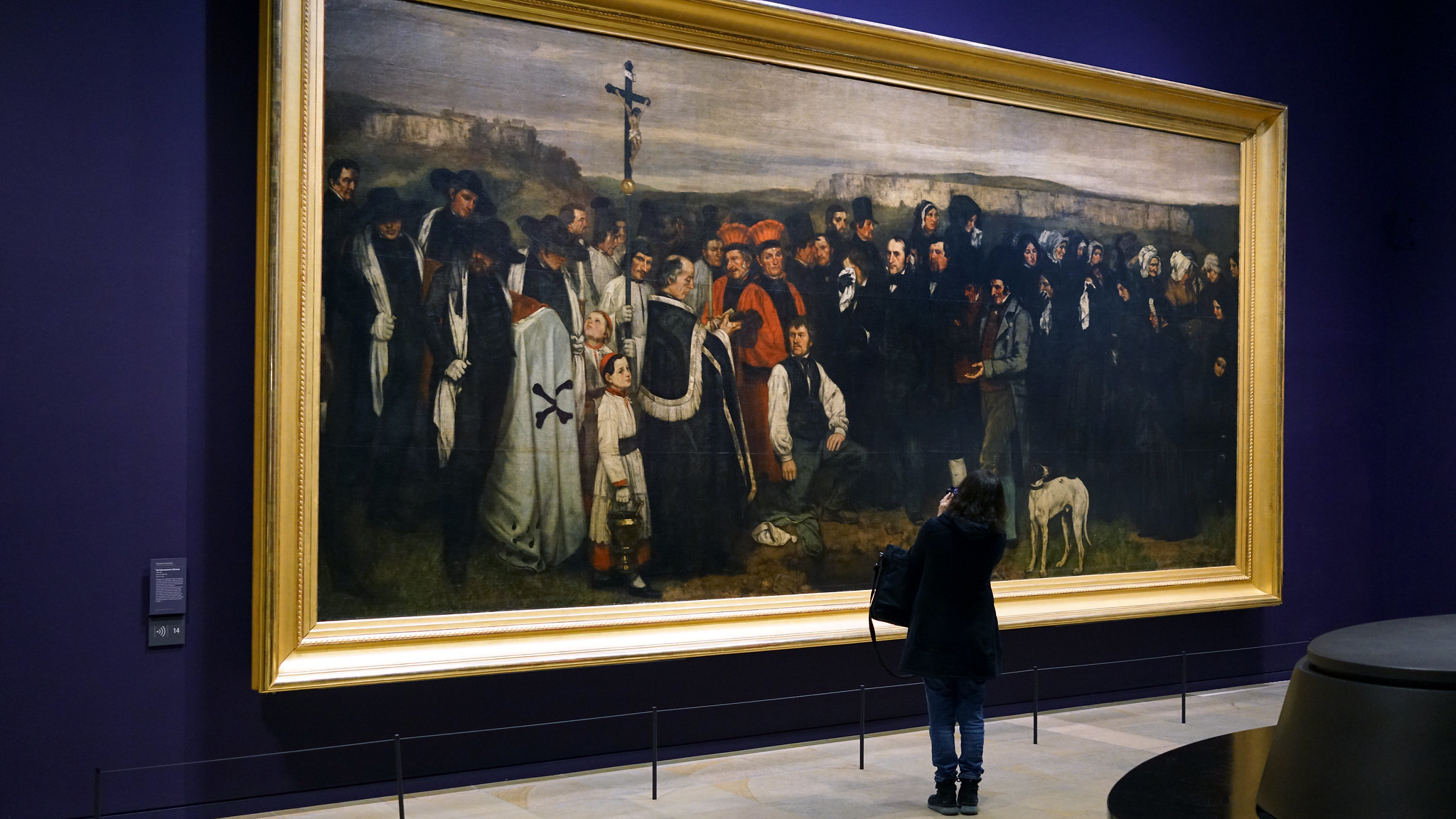
Burial at Ornans - by Gustave Courbet, c. 1854
Courbet resisted the taste for historical and poetic painting subjects; he preferred to paint what he considered real - he said he could not paint angels because he had never seen one. His subjects were what Baudelaire called the heroes of modern life: plain figures busy at everyday tasks.
His non-conformist approach got his paintings rejected for jury selection. So, he built his own shed and called it the "Pavilion of Realism," where he put forth his one-man show.
The American, self-taught painter, Winslow Homer based his work on the direct observation of nature. He said, "I paint it exactly as it appears." He is well-known for his marine paintings.
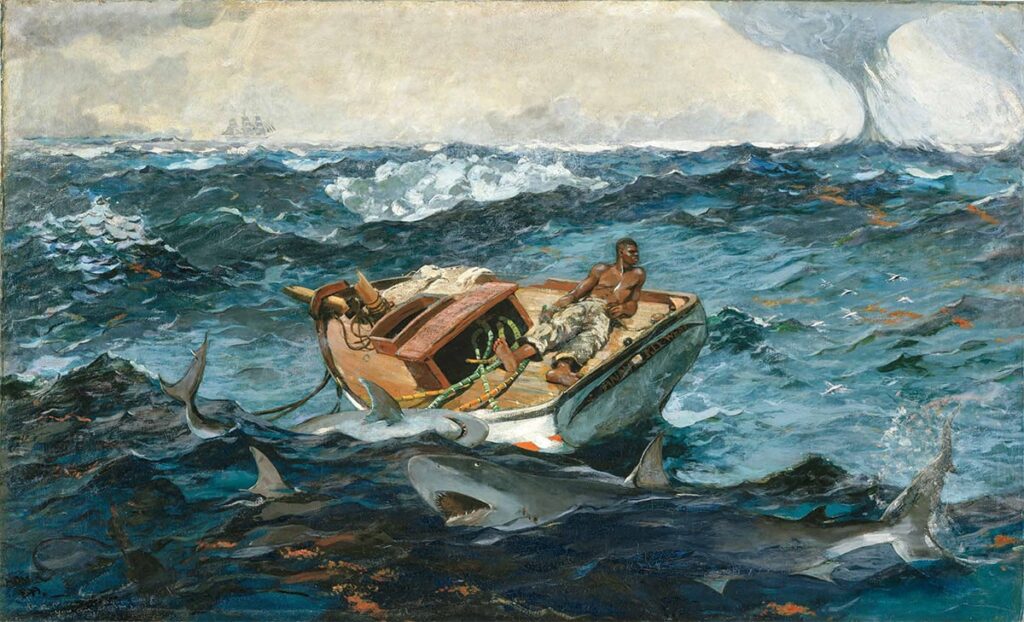
The Gulf Stream - by Winslow Homer, c. 1899
Homer's career began as an illustrator for popular magazines. He also produced drawings of Civil War camp life. Then, he began to paint - without reverence to European painting traditions. He moved to Maine and painted seascapes, showing sailors' struggles against the sea and the weather. His sea paintings evolved into renderings of light on the water and the wind driving the waves.
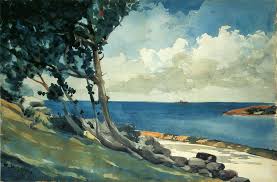
In his final career stage Homer developed mastery of water colors to the extent that the medium became an authoritative major form of painting.
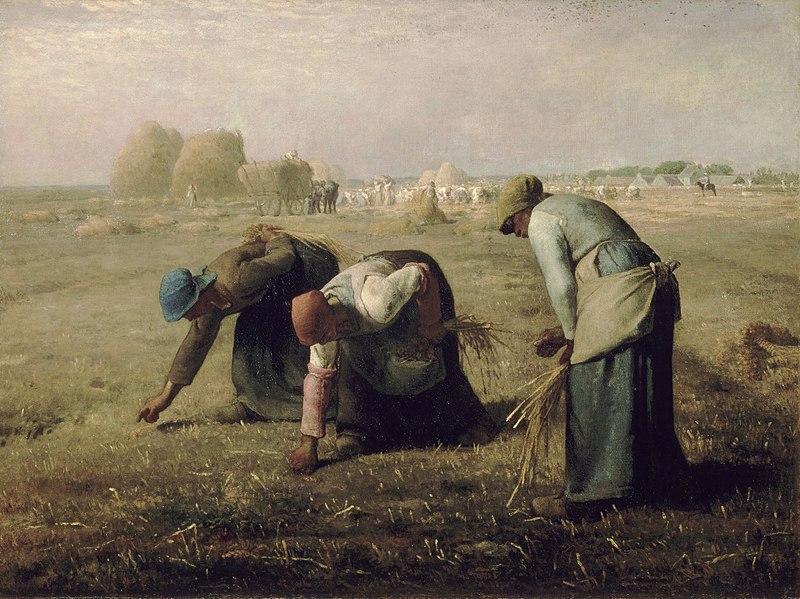
The Gleaners - by Jean-Francois Millet, c. 1857
Millet is linked to rural laborers in action; his unadorned depictions of peasants give them dignity.
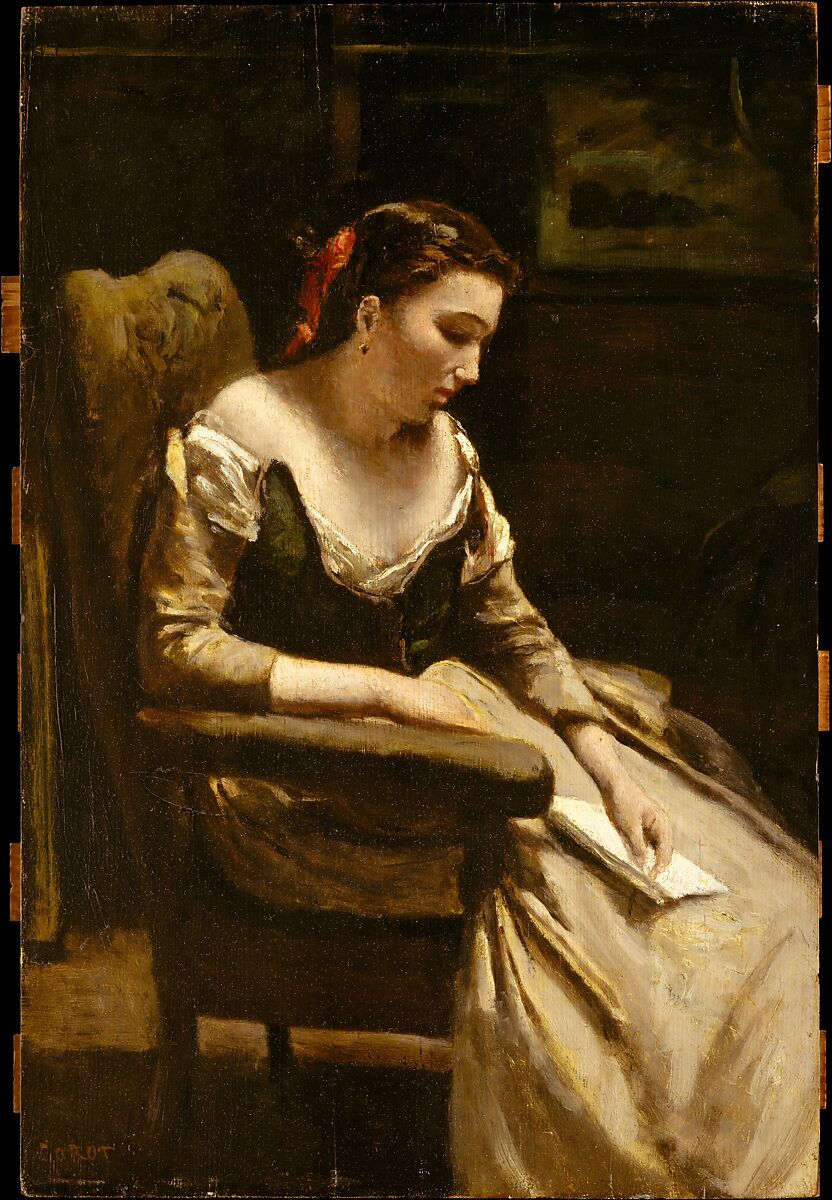
The Letter - by Camille Corot, c. 1865
The French painter Corot was associated with the Barbizon painters situated near Fontainbleau outside Paris. The Barbizon school is known for their realist landscapes. But the basic division in Corot’s work was between the sketch made from nature—small, direct, spontaneous—and the large, finished picture done for the Salon. Therein, Corot relied on realistic landscapes with literary or Biblical figures integrated in the foreground. In this way Corot's commercial success was ensured by the acceptance of the Salon community. Known as a prolific landscape anrtist, Corot also completed many portraits.
The painting of a letter reader reminds us of Vermeer in its subject and its light, but the figure is not idealized; she is imperfect and evokes sympathy.
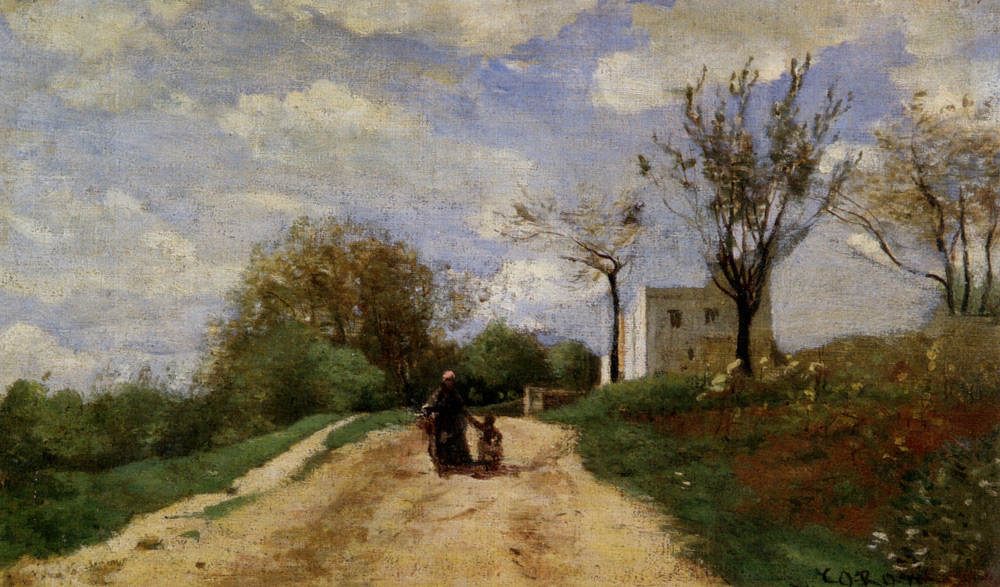
The Path - by Camille Corot, c. 1854
|
Art rebels rejected the contemporary conventional ideas of art. They preceded the Impressionist in developing their own tastes and practices in painting. |
The concept of the famous artist as a celebrity began in the Realism period. It continued to develop with the Impressionists. |
Realism eventually gave way to Impressionism which first gained notice in the Salon des Refuses in 1863. Both Realism and Impressionism featured similar subjects including rural landscapes, scenes of modern life, and working class people at their tasks. While Realists focused on painting unembellished pathos of real life characters, Impressionists sought to capture floating and fleeting light in a more interpretive way.
Okay, so now I've put on some ads from Amazon - from which I may earn a few cents. (2025)



